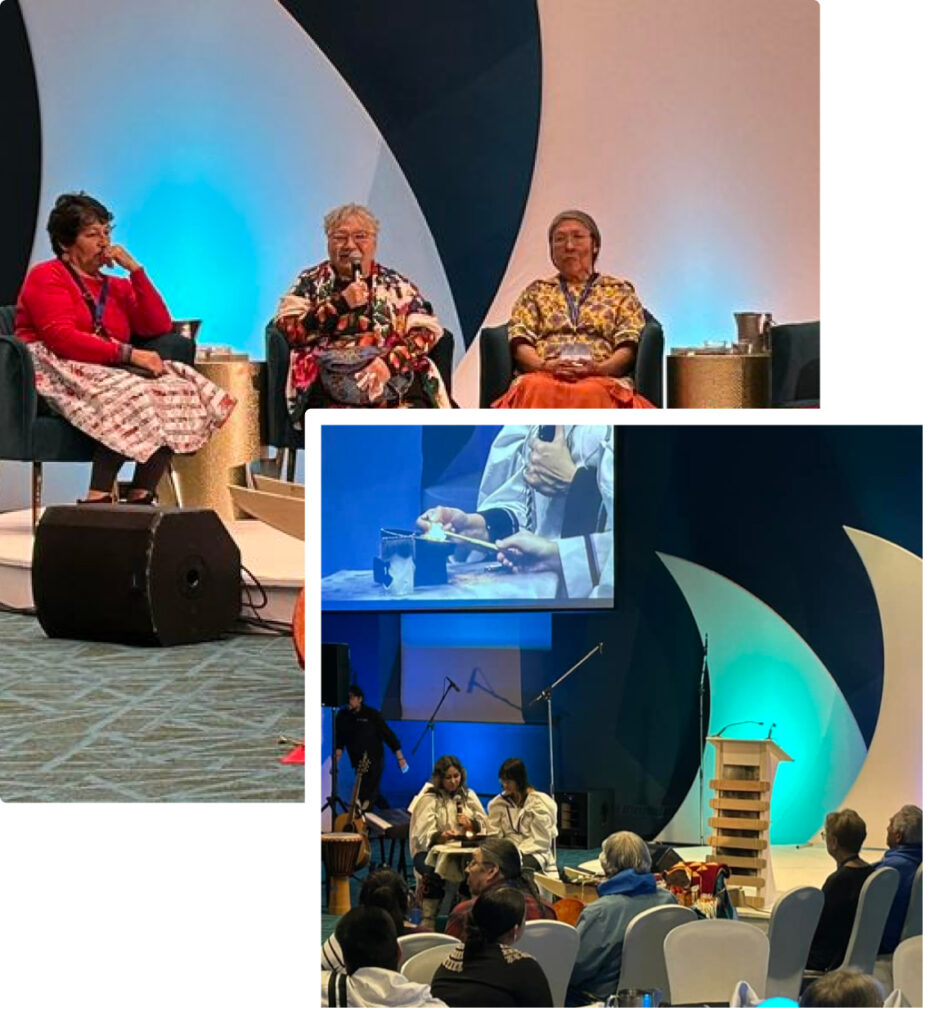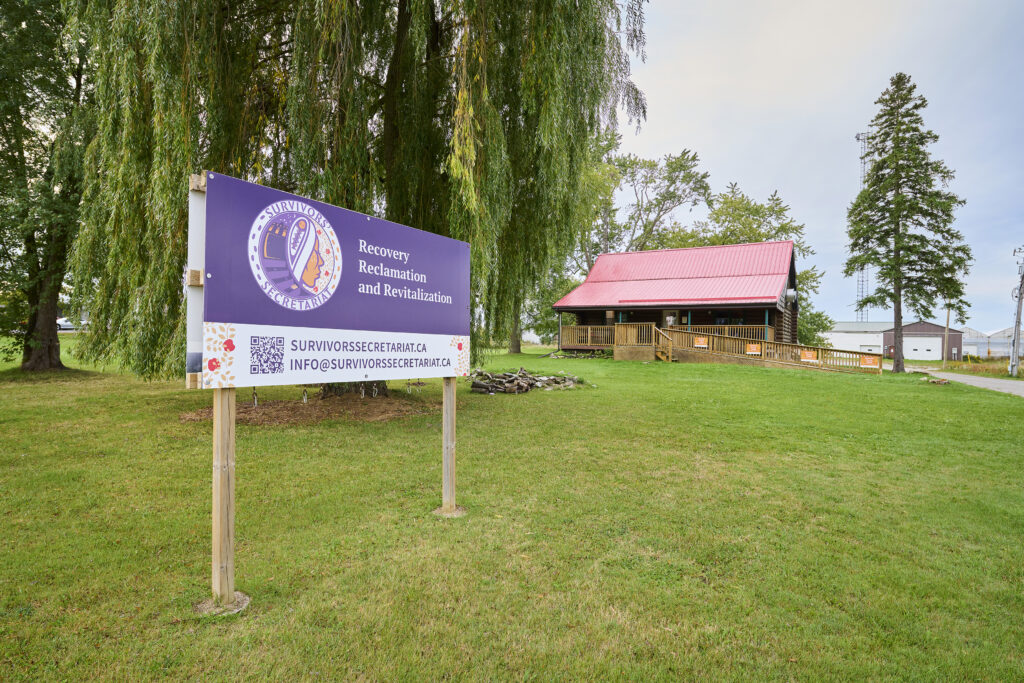More than 60 communities had children taken to the Mohawk Institute.
The Survivors’ Secretariat was established in 2021 to organize and support the investigation into missing children and unmarked burials associated with the Mohawk Institute Indian Residential School located in Brantford, ON. The not-for-profit organization is governed by a Board of Directors comprised of Survivors and Intergenerational Survivors of the Mohawk Institute.
Acre Search of Former Property
We use records and documents to identify every student who attended the Mohawk Institute to inform if any are missing, have passed on or are unaccounted for.
We investigate potential unmarked burials by using geophysical technologies to collect data to identify grave shafts on or around the former Mohawk Institute.
We amplify the voices of Survivors and seek their guidance on how to Bring the Children Home.
We will remember the legacy of those who never returned home and honour the experiences of those who survived by creating spaces to house their memories.

We will uncover and share the untold truths contained within the records and grounds associated with the Mohawk Institute.
Join us in honoring Survivors and ensuring their voices lead the path to reconciliation.
Call Now: 888-597-1062
Share your contact information with us to receive regular updates on the work of the Secretariat, including progress reports,
news, invitations to our events, and more. Your personal information will remain completely confidential and will never be shared or sold.
The Survivors’ Secretariat has led the investigation into missing children and unmarked burials at the Mohawk Institute since 2021.

The Survivors’ Secretariat was established in 2021 to organize and support the investigation into missing children and unmarked burials associated with the Mohawk Institute Indian Residential School located in Brantford, ON. The non-profit organization is governed by a Board of Directors comprised of seven Survivors of the Mohawk Institute.
The Survivors’ Secretariat was established in 2021 to organize and support the investigation into missing children and unmarked burials associated with the Mohawk Institute Indian Residential School located in Brantford, ON. The non-profit organization is governed by a Board of Directors comprised of seven Survivors of the Mohawk Institute.